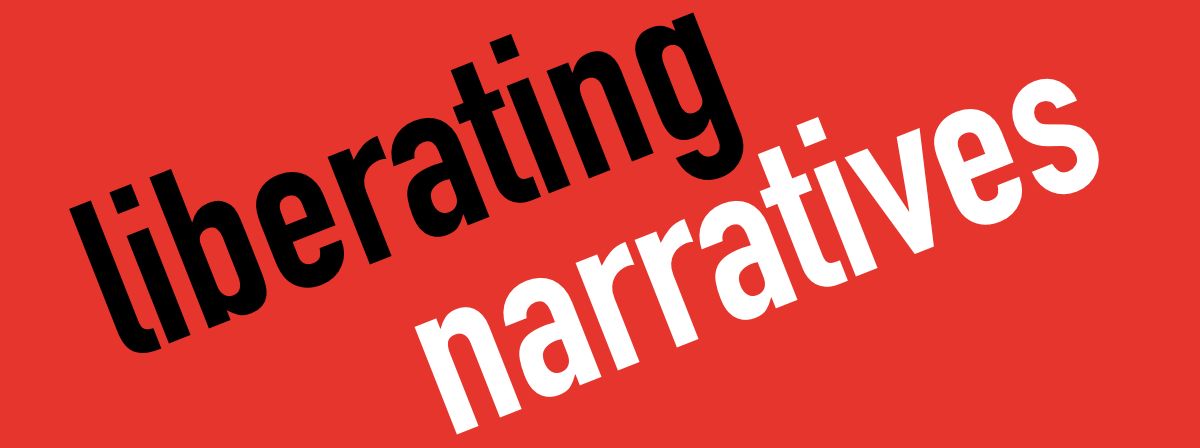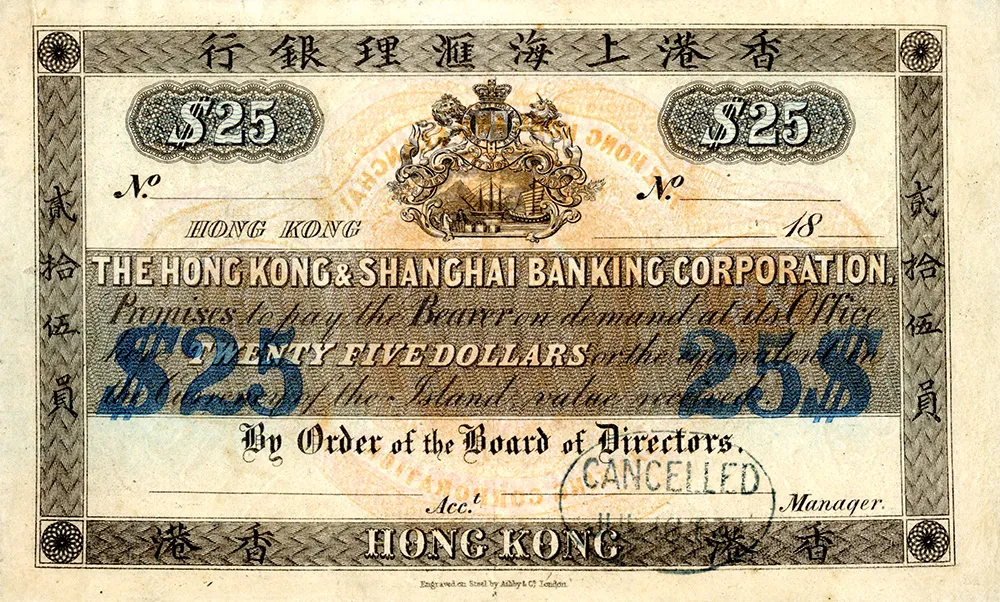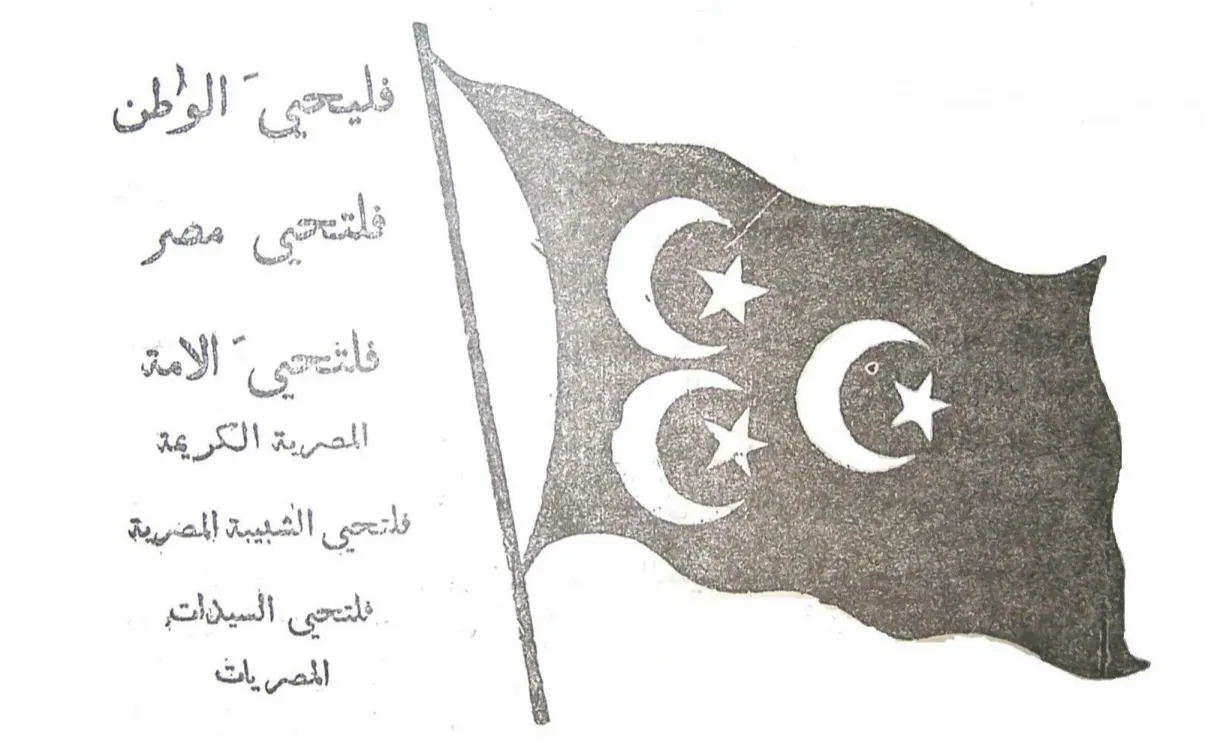“The Voice of National Self-Determination Has Swept the World”: Teaching the East Asian Uprisings of 1919
Discussion of teaching the 1919 anti-imperialist uprisings in East Asia
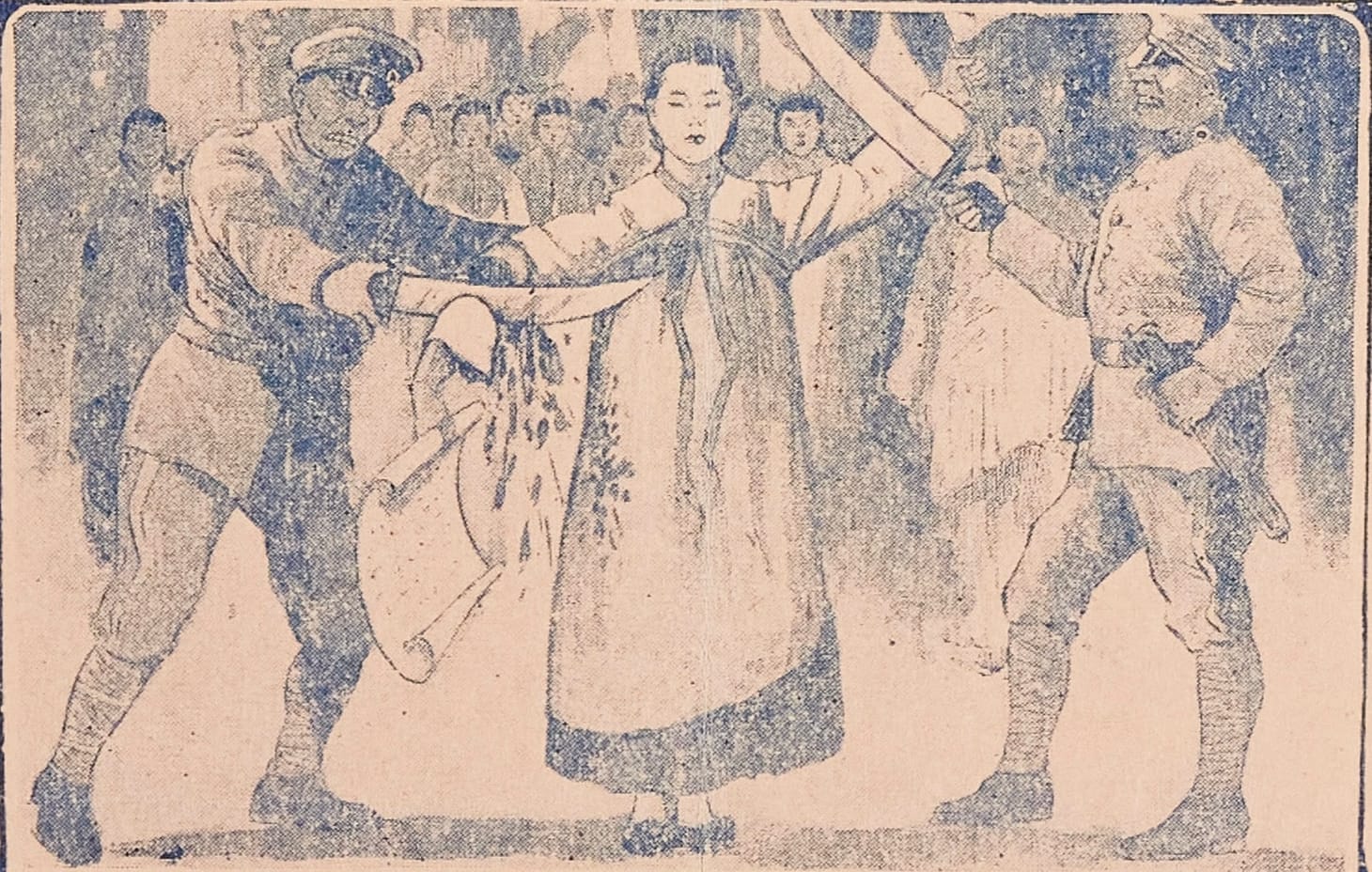
Last week, Vice-President J.D. Vance complained that the United States doesn’t benefit from our current economic relationship with China. He said, “We borrow money from Chinese peasants to buy the things those Chinese peasants manufacture.” Vance referring to the Chinese as “peasants” when the country was over 65% urbanized in 2024 and has the second largest economy reflects how many Americans still imagine China and other East Asian states as “primitive” or “backward” places. In my own history education, my teachers perpetuated myths about East Asian backwardness and “isolation.” Only when I began teaching and participated in professional development programs at the Asia Society, the China Institute, and Asia for Educators at Columbia University’s Weatherhead East Asian Institute did I better understand East Asian history.
Even today, I am still surprised by how frequently I learn something new about East Asian history. Lately, it’s been about the historical significance of Korea’s March First Movement and China’s May Fourth Movement. These are the names that Koreans and Chinese, respectively, call their 1919 anti-imperial uprisings. When we think about the First World War and its aftermath, we focus too often on the brutality of trench warfare or the consequences of the Paris Peace Treaty for Germany. We sometimes even forget that East Asia was involved in the war or that the region participated in the Paris Peace Conference. An excellent introduction to this topic is Uluğ Kuzuoğlu’s talk “Asia and the Paris Peace Conference, 1919.” You can watch an excerpt from the talk below, and the full version is available on the Asia for Educators website.
Uluğ Kuzuoğlu’s talk is an ideal introduction to teaching this topic. It provides historical context for teachers and students. We can also go deeper by integrating textual and visual primary sources from both the Korean and Chinese uprisings. Even more surprising is how these sometimes overlooked uprisings affected other colonized people and remain important today.
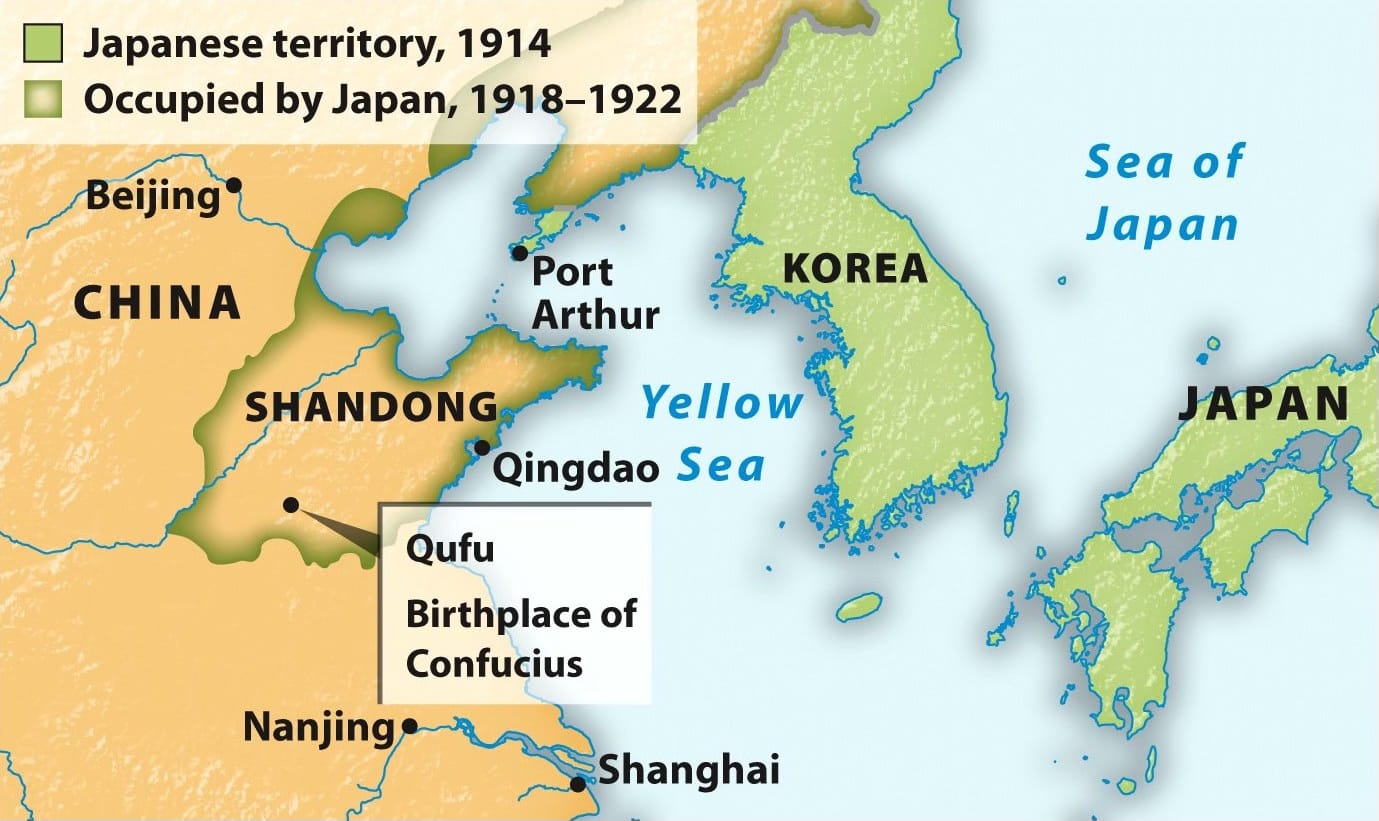
Teaching the March First Movement
This content is for Paid Members
Unlock full access to Liberating Narratives and see the entire library of members-only content.
SubscribeAlready have an account? Log in
